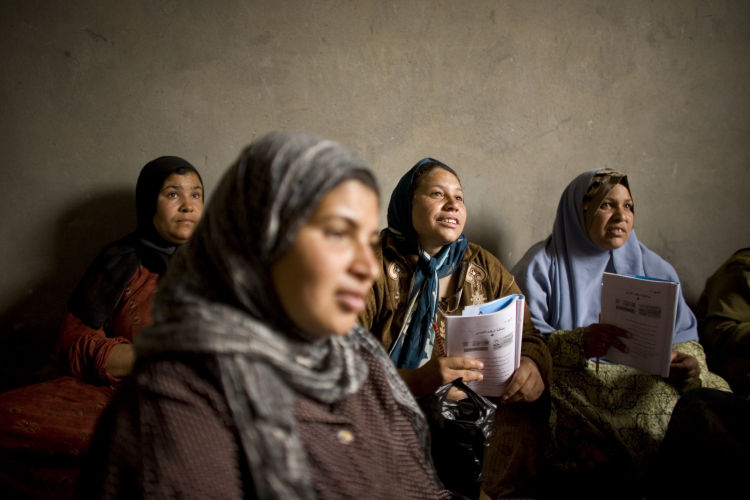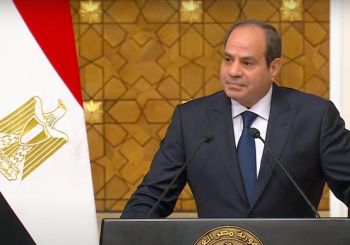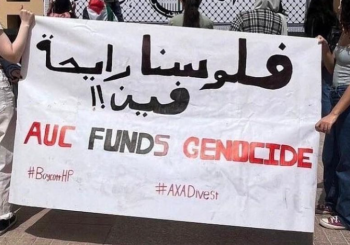CAIRO: Over quarter of the Egyptian population is illiterate; 18.5 percent of males and 33.6 percent of females cannot read or write, according to a Sunday statement from the Central Agency for Public Mobilization and Statistics (CAPMAS.)
The rate has decreased since 1996, the report stated; 39.4 percent of the general population was illiterate, compared to 25.9 percent in 2013.
“[The government] counts [as literate] those who enroll in literacy programs regardless whether or not they pass their tests or attend classes,” Abdel Hafiz Tayel, head of the Egyptian Center for Education Rights (ECER,) expressing his concerns over government figures.
Those over 60 had the highest rate, at 64.9, while illiteracy among youth between 15 and 24 years of age was listed at 8.6 percent.
The Egyptian Authority for Educating Adults (EAEA) reports a general illiteracy rate of 21.7 as of July 2014; 28.5 percent of all females are illiterate and so are 15 percent of all males.
Greater Cairo, which consists of Cairo, Giza, Shubra el-Kheima and several cities on its outskirts, has an illiteracy rate of 15.9. Of Greater Cairo’s female residents, 20.5 are illiterate, versus 11.3 of its male inhabitants.
Assyut, an Upper Egyptian governorate, suffers the highest rate of illiteracy at 30.2 percent, whereas the Red Sea governorate has the lowest rate, at 6.8 percent.
“Disguised illiteracy is another reason why those figures are not reliable, as some 30 percent of students in Egypt go to school but lack basic skills of reading and writing due to the poor quality of education they receive,” Tayel said.
CAPMAS and EAEA’s figures are estimated, and most accurate statistics will be available in 2016, at the end of a comprehensive 10-year-study, head of EAEA Mohamed el-Rafei told The Cairo Post Monday.
EAEA aims to eradicate the illiteracy of 3,500,000 people in 2014/2015, to outnumber the gap between the literacy efforts and school dropouts, Rafei added.
“These efforts include one-class schools and community education schools, which enroll school dropouts who left because of poverty or long distances to travel. These schools provide children with the skills necessary to (re)integrate them into public schools,” Rafei said.
According to Rafei, 11 percent of children who should be enrolled in schools have dropped out.
“There is comprehensive development in Egypt, and our campaign is part of it. We also have a post-literacy program and we provide out graduates with skills needed to start small projects.”







Comments (7)
[…] with 18.5 percent of males and 33.6 percent of females unable to read or write, according to research by the Central Agency for Public Mobilization and Statistics (CAPMAS) released in […]
[…] get to school and how much do families have to pay to get them there? Two of the primary reasons why children drop out of school are because of poverty, either because their family cannot afford it or the family depends on the […]